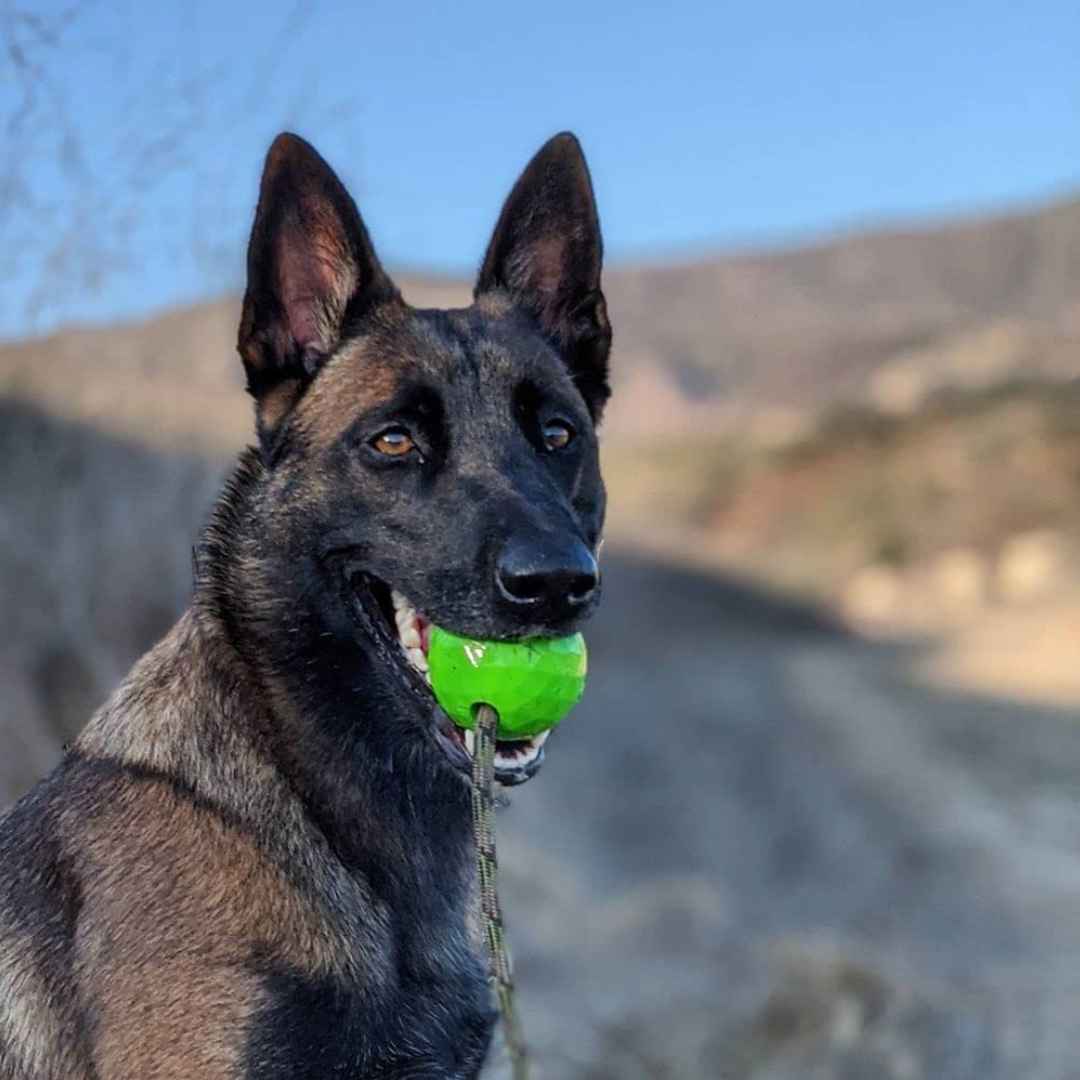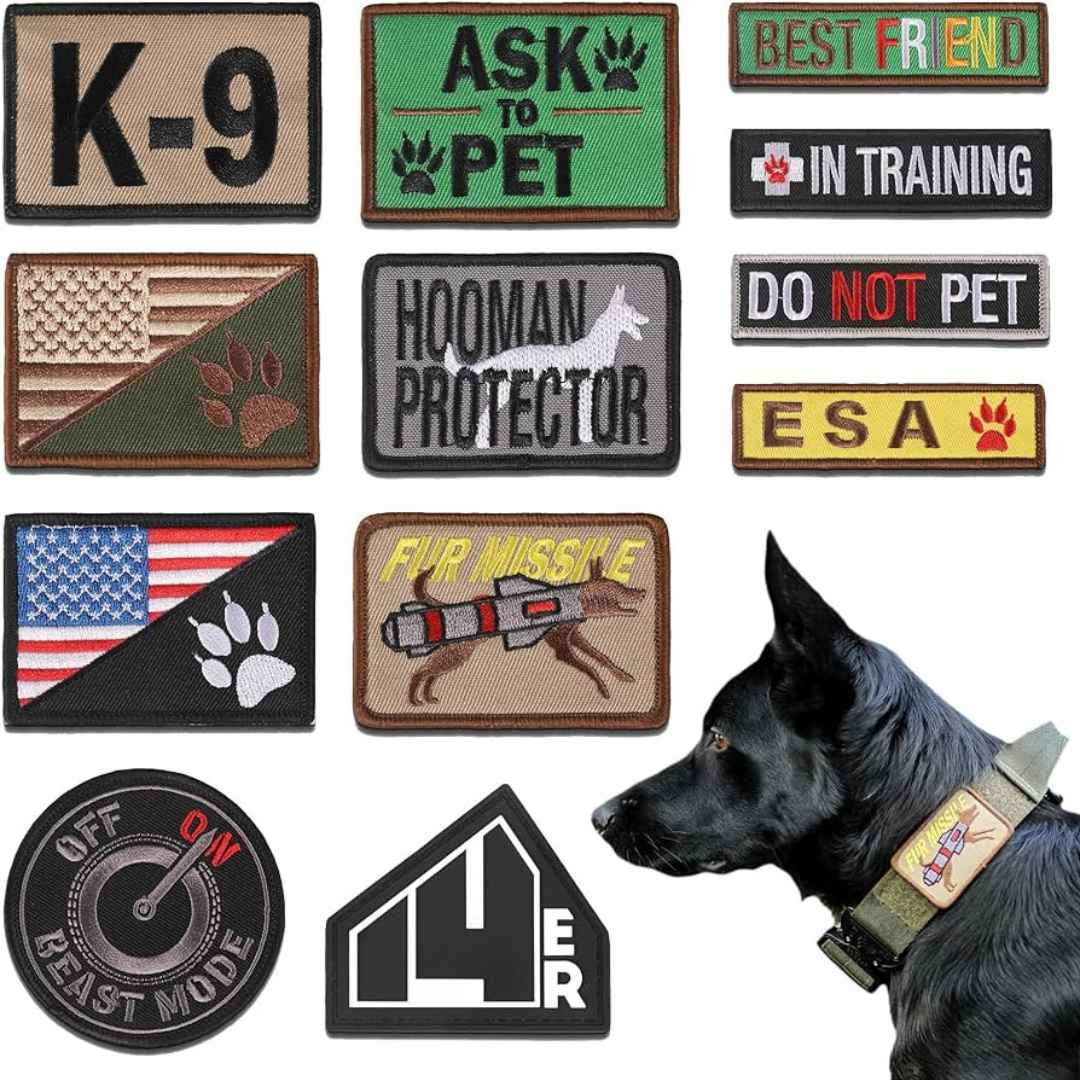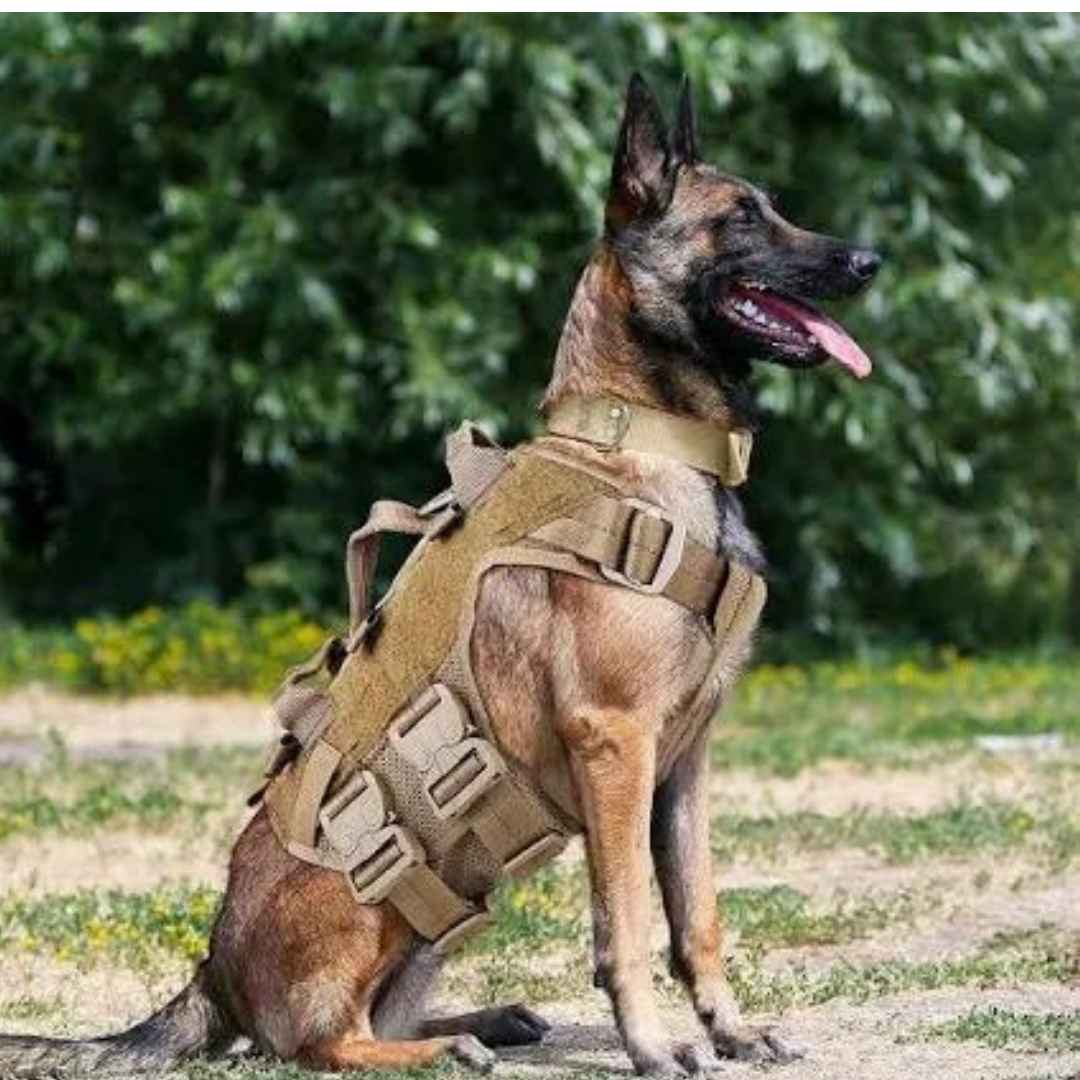Do Alpha Dogs Protect Their Toys?

Wondering if alpha dogs really guard their toys? Many dog owners ask this question. Understanding how dogs behave, especially about dominance and ownership, is important for building good relationships with our furry friends. In this guide, we’ll explore what alpha dogs are, how they act with their toys, and how to handle any issues that may come up.
Alpha Dog
Before we talk about toys, let’s define what an alpha dog is. In the past, “alpha” meant the most dominant dog in a group. But now, experts say it’s more complex than that.
Today, we see alpha dogs as confident leaders in their social groups. They’re not always aggressive, but they’re sure of themselves and can lead.
Alpha Dogs and Toys:
Dogs, no matter where they stand in the group, can be possessive of toys. This means they want to keep their toys to themselves. Alpha dogs might feel an extra need to show they own their toys to keep their status in the group.
Signs of Toy Possession in Alpha Dogs:
To know if your dog is possessive about toys, look for these signs:
- Growling or snarling when you come near them with a toy.
- Holding onto a toy tightly and not letting go.
- Stiff body language or guarding the toy when others come close.
- Trying to hide or keep toys away from other dogs or people.
Dealing with Toy Possession:
To manage possessive behavior over toys, try these simple tips:
- Set Clear Rules: Tell your dog what’s okay and what’s not with toys, and stick to it.
- Teach “Drop It”: Train your dog to give up toys when you ask using treats or praise.
- Rotate Toys: Switch up your dog’s toys often so they don’t get too attached to one.
- Watch Playtime: Keep an eye on your dog when they’re playing, especially with other dogs, and step in if needed.
- Get Help: If the behavior continues, ask a professional trainer for advice.
Conclusion:
Although alpha dogs may guard their toys to show their place in the group, you can manage this behavior with training and patience. By understanding why dogs act this way and using the right techniques, you can have a happy relationship with your furry friend, built on trust and respect.

